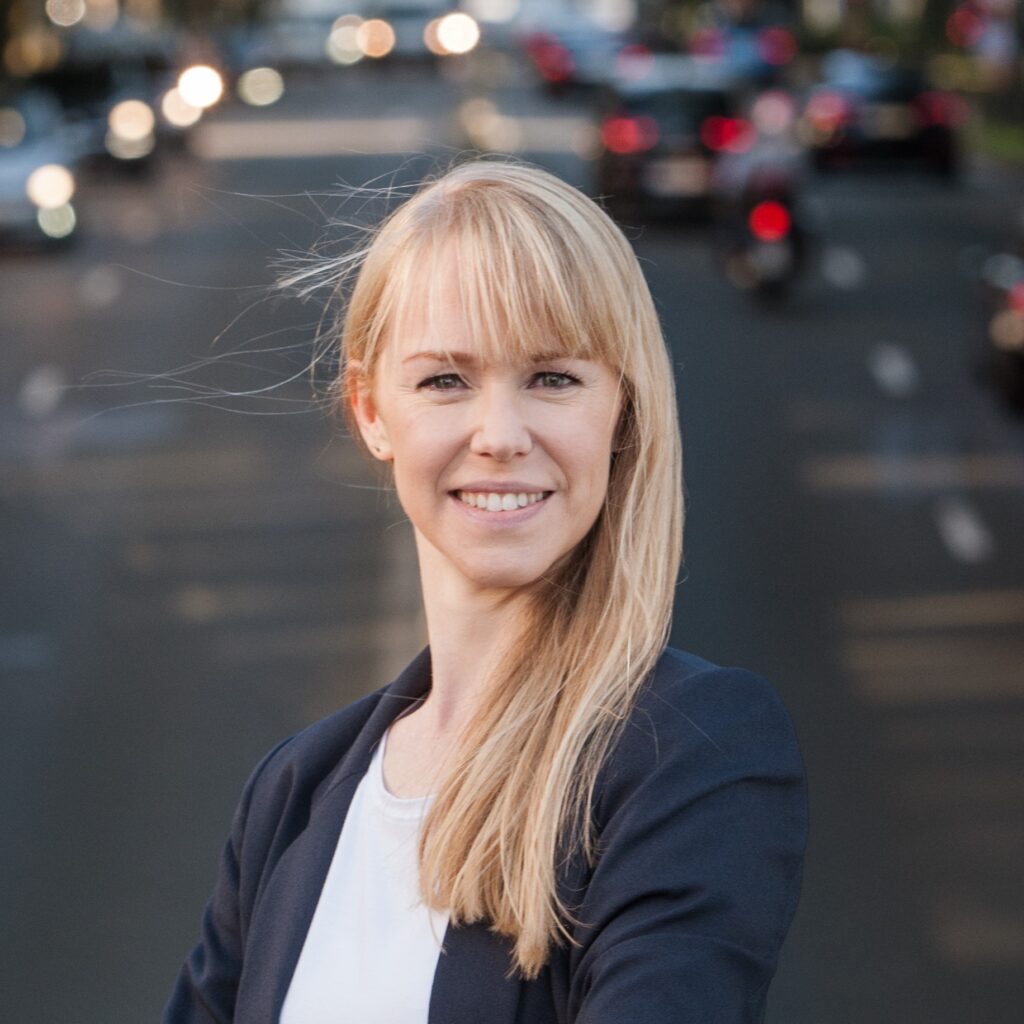Last modified on February 12, 2024
The crucial role of Public Transport Operators in the successful deployment of CCAM
When I share that I work in the field of Automated Mobility, the common perception is that my work relates to vehicles and technology. Yet, it is so much more. My activities are about seizing the opportunities that technology affords us to create equitable, environmentally friendly, and economically viable shared mobility services in our cities and around them.
At the forefront of shared mobility services are the Public Transport Operators (PTOs), with a clear mandate: ensuring a high quality of service and the best safety of passengers and other road users, while optimising their operational costs. Automation offers opportunities in these three areas by alleviating the strain on bus driver wages, which is often correlated with personnel shortages in many countries. This is particularly beneficial for costly social services such as Demand Responsive Transport (DRT), also known as paratransit. The resulting cost savings can then be redirected to areas underserved by public transport, enhancing service frequency and safety.
Through my involvement in discussions at the International Association of Public Transport – UITP, participation in EU projects, and contributions to the CCAM partnership, my vision and hopes are set that, in the coming years, we will have automated shuttle fleets in the market capable of delivering services without heavy reliance on city-specific infrastructure. For that to happen, I encourage ongoing discussions among stakeholders, addressing critical aspects such as incident management, supervision, data sharing, and user engagement, to ensure a seamless deployment.
With this vision, cities and local authorities can truly enhance accessibility, particularly by targeting car dependency, which will consequently help address equity issues, alleviate congestion problems, and overcome parking challenges—ultimately leading to an improvement in the liveability of urban spaces. This vision is not an easy one since it means OEMs must evolve to fully embrace a transit-supportive Mobility-As-A-Service model. Yet, I believe that there can be a win-win situation between private companies and PTOs with profitable frameworks that support the public good.
On the global stage, Europe, in my perspective, takes the lead, advocating cooperation over a market-driven approach, especially through research programs such as Horizon 2020 and Horizon Europe. Over the past years, I was heavily involved in two ongoing large-scale demonstration projects, namely SHOW and ULTIMO, both at the forefront of pushing the boundaries of automated shared mobility. In SHOW, automated vehicles (AVs) were deployed for the first time in several countries and, altogether, across 13 EU nations, which provided thousands of passengers with the opportunity to experience AV services. Meanwhile, ULTIMO focuses on concentrated large fleets of shared and on-demand AVs, aiming to unlock the full potential of the technology, particularly in investigating its economic viability for PTOs.

From my perspective, the CAD Knowledge Base emerges as an indispensable tool, emphasising the transferability of results and sharing of experiences among European players to boost their economic competitiveness at a worldwide level. It plays a pivotal role as a centralised repository in advancing the collective understanding of the future of sustainable automated mobility for all stakeholders involved, as well as the policymakers and the citizens. As I am preparing for a new chapter on the other side of the pond, I wish to continue contributing to advance urban mobility to make it more sustainable and equitable. I strongly believe that the future of public transport lies in combined, shared, and on-demand services, and it will be hopefully heavily influenced by the positive potential of automation.
Written by Dr Henriette Cornet, UITP (December 2023). After being active in numerous EU-funded projects and the CCAM Partnership, she will embark on exploring new horizons in the USA.


